Lost in the world of
"Meat-eating" plants or rather prey plants (carnivorous plants) are plants that receive some or most of the nutrients (but not energy) for them from trapping and digesting animals or organisms. unicellular, typical insects and other arthropods. "Carnivorous" plants seem to have been modified to grow in areas where soil is thin or poor in nutrients, especially nitrogen, such as acid marshes and soils that rise above the rock surface.
Let's Livesciences look at some of the "most famous" prey plants:
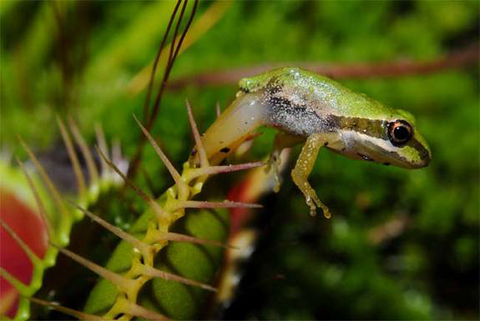
So far, there are still a few mysteries about prey species, such as trapping a tree in a Pacific tree. Fly trap plant Venus is one of the few prey plants that can move fast enough to capture insects and sometimes small mammals for digestion.
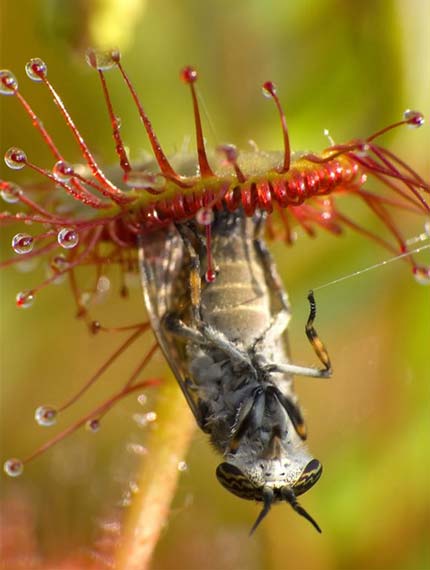
Found on most continents except Antarctica, the cage has a trap for prey to attach to the pink gland, containing its sticky mucus and then absorbing insect nutrients.
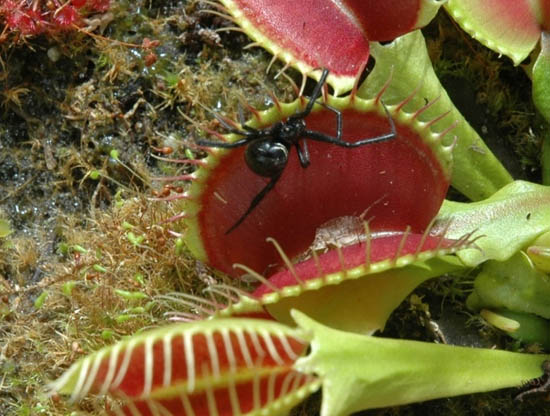
A spider crawling in danger towards the "stomach" of a prey.
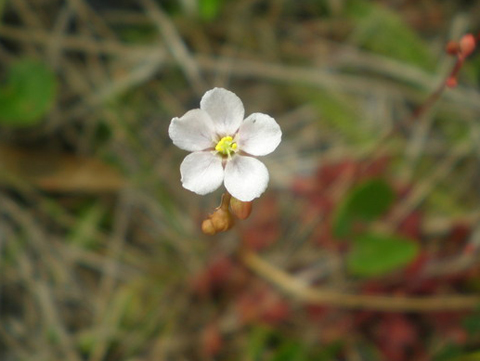
Venus fly catches thrive on degraded soil because they can collect more nutrients from insect meat and spiders. The tiny feathers on their shell-like traps make the trap collapse when activated. The enzymes then digest the prey and the process takes several days. In addition to the bright pink tentacles, the potted tree produces small white flowers.
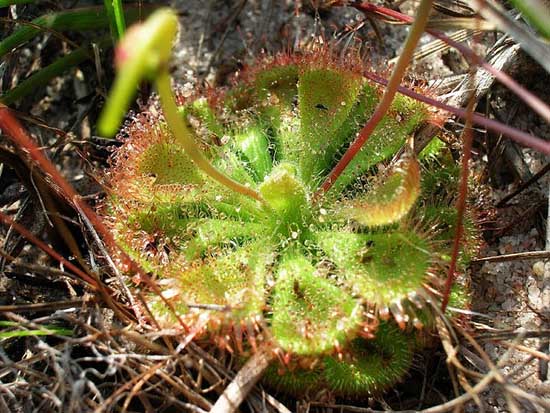
Like Venus fly catchers, the canopy can move its tentacles-like appendages to deal with the prey of the prey. However, compared with Venus fly fly catchers, the moving pedicel is relatively slower, so they depend on the sticky sticky slime.

The insects are attracted to the sweet smell of nectar into the warm leaves and get lost in a maze of fake protrusions. Not many prey survived. Instead, most of them slipped through slippery pipes into a pool of bacteria filled with bacteria, where prey was turned into food for plants.

The warm-leaved species Sarrancenia minor often grows in coastal areas from Florida to North Carolina, USA. Warm flaps make the light come in, perhaps to attract insects into the depths.

The rare frost in Hillsborough County, Florida, USA covered the tentacles of this crown.

Another lush plant, Nepenthes rafflesiana elongata, has developed into an ideal sleeping spot for small bats. This relationship makes the win-win situation: Bats have resting places during the day and the pitcher plants receive nutrients from bird droppings.

Some prey plants have a relatively creative way of regulating nutrient supply. Transplanting the warm lid of Nepenthes lowii in Borneo attracted tree rats with sweet bile. If you need to defecate while eating, the tree mice will choose the perfect position on the pitcher tree. In total, warmed plants received 57% - 100% of their nitrogen from rat droppings.

Trapping of seaweed for capturing Utricularia vulgaris closed 100 times faster than Venus flystrap, according to a 2011 study by Philippe Marmottant and colleagues. The traps of this plant are only a few millimeters long but create a force of 600 times the gravity, capturing the small crustaceans in the water and other unfortunate prey.
- 4 reasons why travelers lost luggage at the airport
- 35 years, the world lost 1/3 of the number of species
- The man with the art of finding stolen things
- Equipment to locate lost items
- AMD lost its fourth quarter in a row
- Prepare to discover 'the lost world'
- Himalayas glaciers have been flawed for the past 40 years
- Recipes help you avoid feeling lost in crowded places
- Lost treasure waiting to be discovered
- Instructions for storing luggage when flying
- Indonesia has lost 4,000 islands
- Why can lost items in Japan be returned to their owners?
 Why do potatoes have eyes?
Why do potatoes have eyes? 'Tragedy' the world's largest carnivorous life: Death becomes ... public toilet
'Tragedy' the world's largest carnivorous life: Death becomes ... public toilet Tomatoes were once considered 'poisonous' for 200 years
Tomatoes were once considered 'poisonous' for 200 years Detecting microscopic parasites on human face
Detecting microscopic parasites on human face